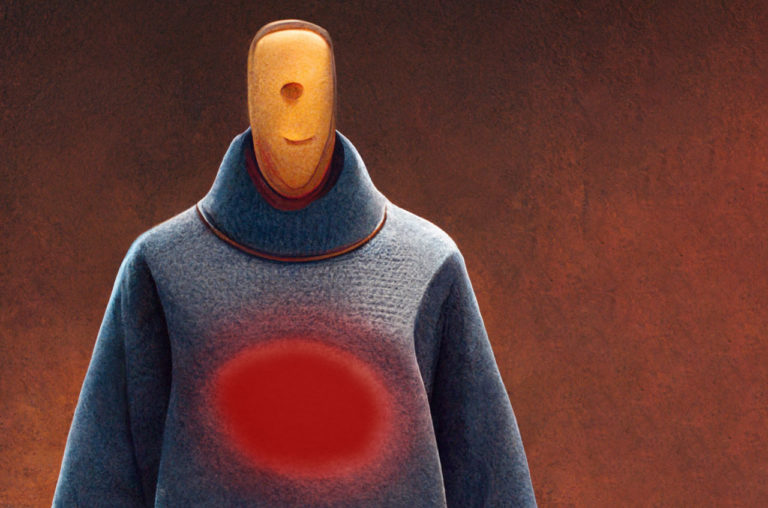Heart disease is among the leading causes of death in most developed countries all over the world, and the number of cases is rising constantly because of this of both contemporary lifestyles and increased general longevity. While developing the problem can have a devastating effect on the sufferer’s life, modern medicine has developed several effective remedies for heart disease, ranging from drugs and way of life improvements right through to surgery.
Of course, prevention is always much better than remedy, so before we look at some of the symptoms of cardiac disease we’ll look at a few of the methods for you to help your body ward off the risks.
Living a healthy lifestyle can go quite a distance to reducing the chances of developing cardiac complications, but there is however a component of inherited risk, therefore even those with excellent overall health could find that they are genetically programmed towards cardiovascular disease in later life. Thankfully, the greatest influence genetics is wearing heart disease is that of earning us more susceptible to specific causes, and with careful adjustments of our lifestyles, we are able to greatly improve our potential customers of avoiding it.
Both most deadly contributors to cardiac problems are smoking and obesity. Both these can raise blood circulation pressure to dangerous levels, putting extra pressure on the center. Smoking causes the build-up of fatty deposits within the arteries, also leading to circulation problems. Carrying excess fat also tends to imply that a healthy diet plan is not being followed, so the body may be short of essential minerals and nutrients that the heart needs to continue functioning healthily.
Stopping smoking and various other unhealthy practices such as for example excessive consuming, along with enhancing the diet and taking up exercise to lessen weight can go quite a distance towards averting problems.
The symptoms of a developing heart problem can be both subtle and dramatic. Unfortunately, most of the symptoms can also signify other less hazardous conditions, therefore a diagnosis of heart disease is frequently made later on than it could have been. If you come across several of the symptoms below, a trip to your physician is highly advisable.
Breathlessness when participating in physical activity is normal to some extent for almost everyone, but if you discover you’re becoming breathless increasingly more easily then this is a clear sign that your general fitness amounts aren’t all they could be, and that your center may be struggling under the pressure.
Palpitations, that is a heavily or unevenly beating heart, can be a sign of anxiety or can come on after an intensive workout, but if neither of these situations applies in that case heart problems could well be the culprit.
A tingling feeling in bodily extremities such as for example fingers, toes or lips is often an indication that your circulation system isn’t delivering plenty of oxygen, again an indicator of possible heart problems. Should your extremities continue to build up a blueish color then this is certainly not a good sign, and medical attention should be sought simultaneously.
The final and most apparent sign of cardiac problems is a feeling of tightness or pain in the chest, a condition known as angina. If you feel chest discomfort with any regularity, even if not especially severely, a medical checkup is advisable to be sure you capture any problems as soon as possible. Angina can be controlled very well by medication in many cases and doesn’t necessarily have to develop into full-blown heart disease.
In summary, living a healthy lifestyle while maintaining an eye out for the symptoms will help reduce the risk of your life being emaciated by cardiovascular disease.
